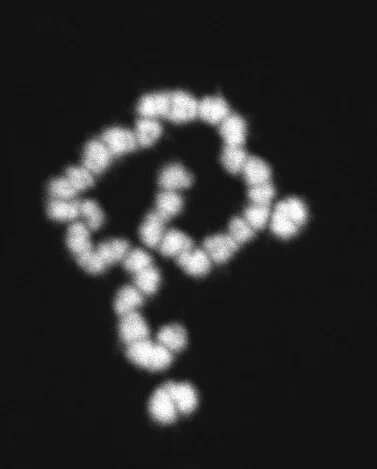Rise of termite clone queendoms offers clue to curb invasions

The University of Sydney scientists who discovered all-female termite colonies have now ascertained how they came to exist. In doing so, they revealed how these powerful females potentially threaten other termites, as well as homeowners.
Four years ago, entomologists at the University of Sydney discovered the existence of all-female, forest-dwelling drywood termite colonies in Japan. Now, they have determined how they evolved, and the implications of insect 'girl power' for established termite species (hint: they're bad).
Their new research shows all-female colonies of drywood termites (Glyptotermes nakajimai) developed through unwitting human-assisted hybridisation some time in the last century. Females from one lineage mated with males from another, as one lineage was unknowingly moved from a smaller island to mainland Japan, likely via boat. Their hybrid offspring are more genetically diverse, and likely to be more robust.
In addition to stronger offspring, the all-female colonies can clone themselves and do not require a male to procreate, resulting in double the amount of breeding. According to the researchers, this is bad news for the incumbent, non-hybrid species, which can be outcompeted by its hybrid relatives.
Watch your property
It's also potentially bad news for property owners. Drywood termites, as their name suggests, do not require moist conditions to burrow into and eat wooden beams, walls, floors or furniture, and are commonly moved around the world by trade, opening the door to hybridisation events. Once an infestation occurs, it can be difficult to eradicate, potentially leading to structural damage to a building, or even collapse.
Professor Nathan Lo, who led the study with University of Sydney Postdoctoral Fellow Toshihisa Yashiro, said his findings have implications for Australian biosecurity: "We already have a number of very damaging termite species here. However, our study highlights the importance of making sure termites from overseas are not permitted to establish themselves. If they were to hybridize with our local termites, it might lead to even nastier lineages of termites for homeowners to deal with."
'Really weird' males
Aside from discerning how the female colonies evolved, the researchers also studied several drywood termite colonies with males and females, which contained a quirk: the sperm of males consisted of either 15 Y or 15 X chromosomes, out of a total of 17. In most species, including humans, male sperm have only a single Y or X chromosome (out of 23, in the case of humans).
"It's really weird," said Professor Lo, who posits that this occurred out of necessity.
"Termite offspring can inherit nests from their parents, saving them the trouble of venturing into the dangers of the outside world, burrowing into wood, and creating their own nests. The problem with nest inheritance is that it results in a lot of inbreeding—sisters mate with brothers, and offspring may even mate with parents.
"As a solution, male termites probably evolved to have multiple Y chromosomes, making them harbor more genetic diversity than females. So, even if a sister and brother mate, they can produce viable offspring."
The researchers say that this chromosomal pattern is found in some other organisms, including plants and huntsman spiders, but not usually to the extremes found in drywood termites.
More information: Toshihisa Yashiro et al, Enhanced heterozygosity from male meiotic chromosome chains is superseded by hybrid female asexuality in termites, Proceedings of the National Academy of Sciences (2021). DOI: 10.1073/pnas.2009533118
Journal information: Proceedings of the National Academy of Sciences
Provided by University of Sydney


















